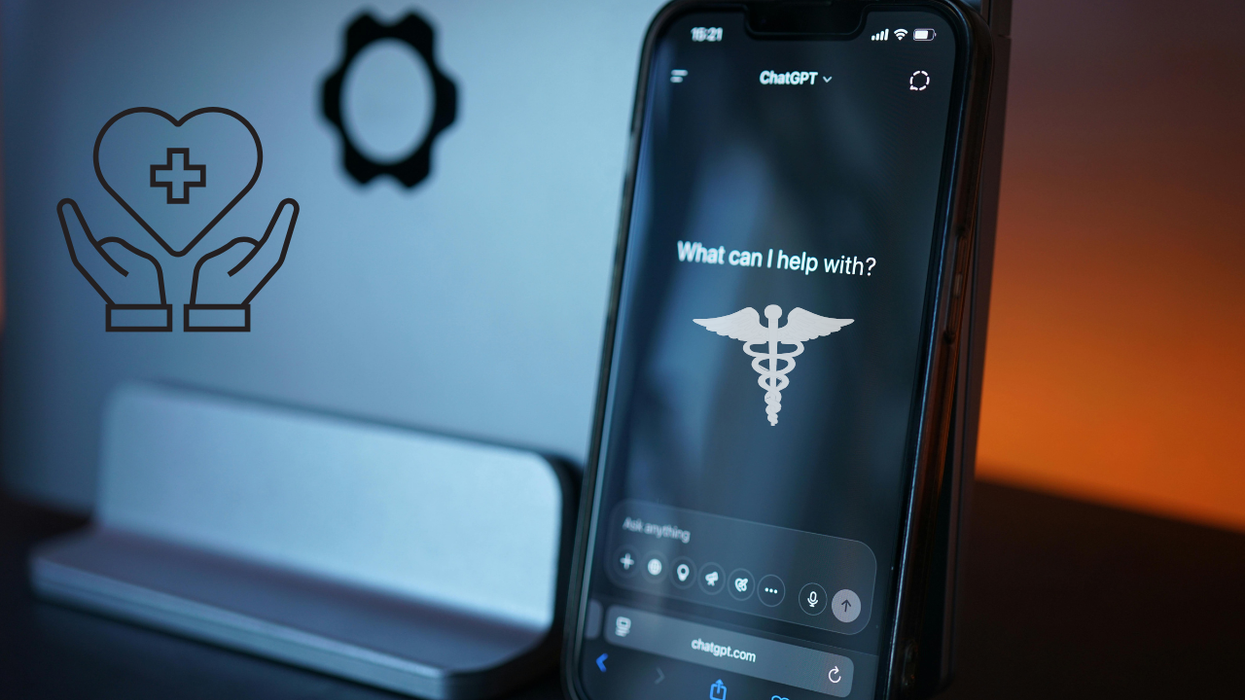Paul Sinha, known to viewers of ITV’s The Chase as “The Sinnerman,” has spoken candidly about his experience living with Parkinson’s disease. During an appearance on Loose Women on Thursday, 17 April, the comedian and quizzer reflected on his journey from diagnosis to managing the condition day to day.
Sinha, who was diagnosed with the progressive neurological disorder in 2019, revealed that his earliest symptoms were not what many would typically associate with Parkinson’s.
“Everyone thinks Parkinson’s means you shake,” he said. “But for me, it started with a stiff, painful right shoulder. I didn’t think much of it at first; I assumed it would just go away. But it didn’t.”
He explained that over a year, he underwent various treatments and investigations, including injections, X-rays, and scans, before eventually having surgery in January 2019. However, even after the operation, the issue remained unresolved.
The real turning point came a few months later, while he was performing at a comedy festival in New Zealand.
“I started to limp,” he recalled. “There was a growing sense of doom. I was in a taxi and decided to Google ‘Parkinson’s and frozen shoulder’—and I got the fright of my life.”
He said that while a frozen shoulder isn’t a particularly rare symptom, it’s not among the more common ones either. That moment in the taxi sparked a wave of anxiety and concern, but also prompted him to seek definitive answers.
“I’ve always tried to be the perfect patient,” Sinha said. “I never want a doctor to assume I know what’s going on. I go in with the mindset of someone who knows nothing, so nothing gets missed.”
Eventually, a visit to the neurologist confirmed what he had feared: he had Parkinson’s disease. While the diagnosis was difficult, he said there was also an odd sense of relief.
“I just didn’t want it to be motor neurone disease or something that would decline faster,” he admitted. “Parkinson’s gave me a name for what I had, and a bit of time to get on with things I might want to do—although I’ve never actually had a bucket list.”
Sinha did, however, tick off one dream destination. “I went to Brazil last year,” he said. “That was a big one for me.”
Despite the diagnosis, Sinha said there has been no major shift in his lifestyle. He feels fortunate that his work schedule is flexible and not tied to a conventional nine-to-five job.
“I plan my days around what I’m doing,” he said. “I make sure I’m rested in the afternoon so I can get an early night. It’s all about managing energy.”
He also shared how he adapts his daily routine to ensure he can continue doing the things he enjoys, especially quizzing.
“I do an online speed quiz every day at 6 pm. That’s a must for me. But I know I need to take my second tablet of the day about an hour before, so my responses are sharp.”
When asked whether he worried about the future progression of his condition, Sinha was honest.
“It’s always on my mind, especially because of the work I do. As I become more physically disabled, I can still do The Chase and stand-up comedy. But if cognitive decline sets in, those things become impossible.”
He also touched on some of the physical limitations he now faces. “I have to sit on the bed to put my trousers on,” he shared, adding with a smile: “I’m lucky to have a very devoted husband. Oliver makes sure I look hot when I’m on TV.”
The audience responded warmly to the comment, showing their appreciation for the couple’s supportive relationship.
Throughout the interview, Sinha’s message was one of resilience and realism. While Parkinson’s remains a major part of his life, it hasn’t stopped him from pursuing his passions or connecting with his audience, with wit, honesty, and a touch of humour.














